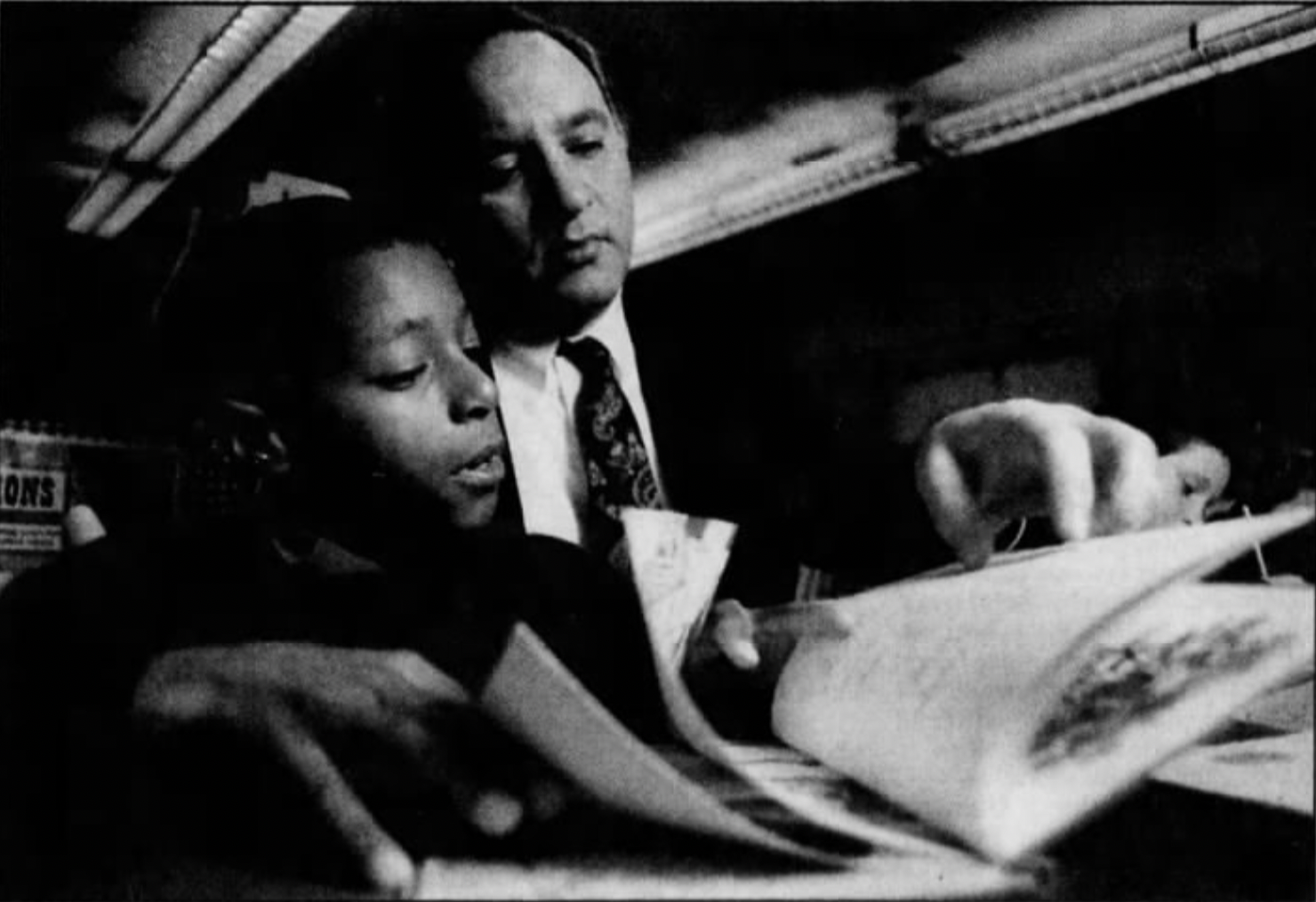During the 1980s, a cadre of Indianapolis business and civic leaders, headed by and , had become dissatisfied with the quality of high school graduates entering their businesses. Lacy, past president of the (IPS) school board, led the formation of Community Leaders Allied for Superior Schools (CLASS) in 1989 and sought a five-year commitment from members.

A not-for-profit, business-education coalition, CLASS worked for educational improvement in the city’s public school system. To begin, CLASS organizers consulted a diversified group of parents, classroom teachers, school administrators, and concerned citizens. Its programs included the preparation of “Blueprint 2005— Indianapolis Business Desires of Schools” that delineated 45 outcomes Indianapolis employers expect of high school graduates of 2005. The expected outcomes included being able to read at a 12th -grade level; knowing how to add, subtract, multiply, and divide; having a working knowledge of a foreign language; and understanding the basics of personal financial management.
“Blueprint 2005” called for high school graduates to exhibit life skills—knowledge of health and nutrition, cultural diversity, fine arts, and literature. The IPS board adopted the blueprint in 1992. CLASS in 1998 published academic performance data on 49 school districts in Central Indiana.
CLASS was funded by a 5-year, $5 million grant from the Operating funds came from the annual dues of the 46 Indianapolis executives who were members of CLASS. CLASS dissolved in 2002 with few lasting gains for IPS students.

Help improve this entry
Contribute information, offer corrections, suggest images.
You can also recommend new entries related to this topic.